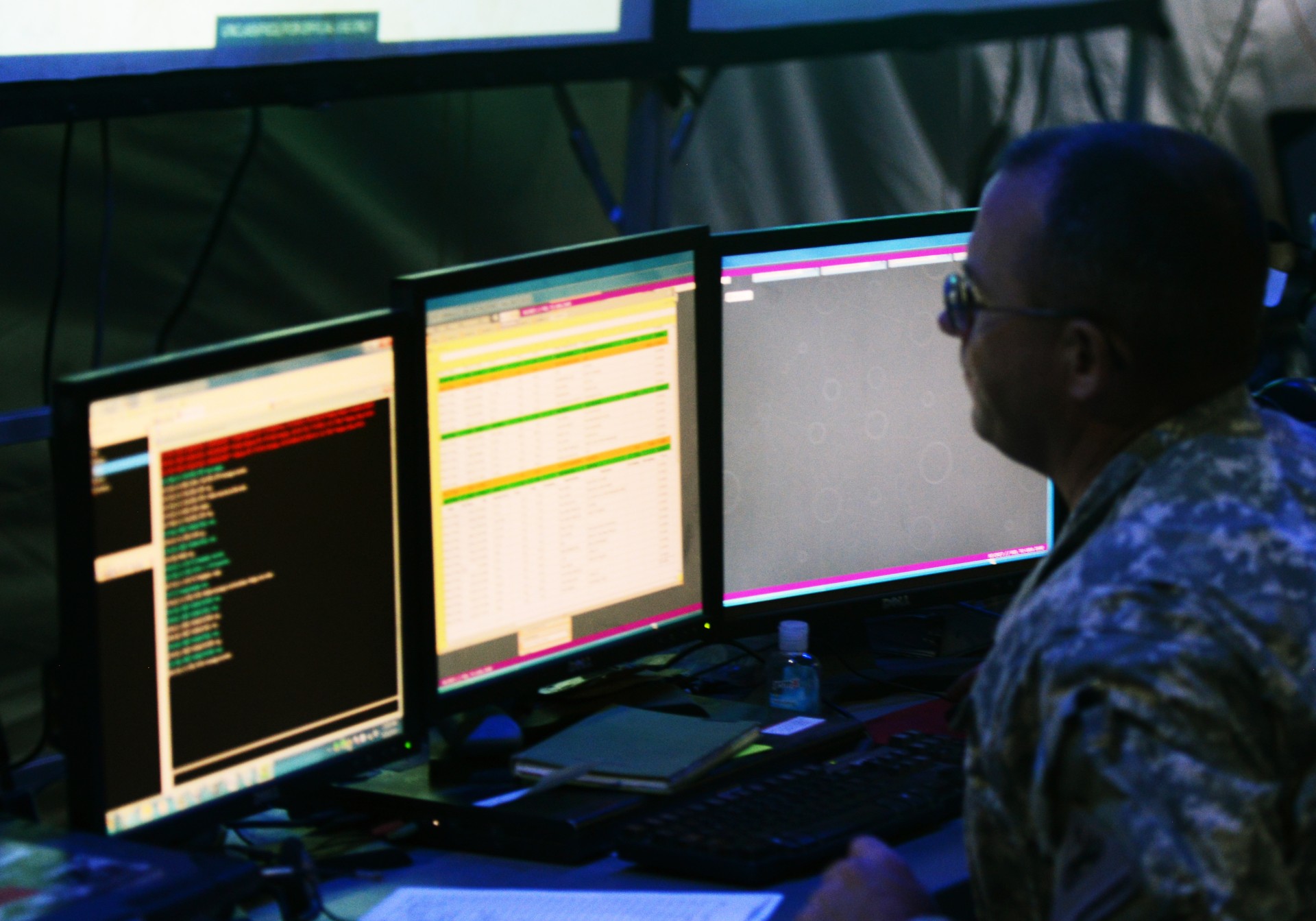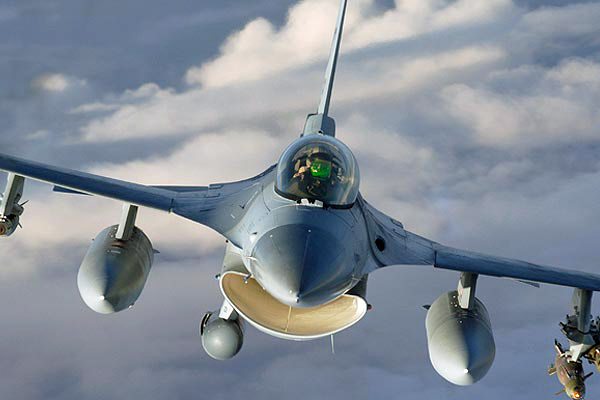The goal of achieving an expeditionary, uninterrupted mission command network is taking shape but is still “a work in progress,” said Brig. Gen. Willard M. Burleson III.
Burleson, director, Mission Command Center of Excellence, U.S. Army Combined Arms Center, spoke Feb. 11 at the Association of the United States Army-sponsored Hot Topics forum on Air and Missile Defense during a panel about “Networked Mission Command.”
PURPOSE OF NETWORK
Before diving into the details of what’s been accomplished with the network thus far, Burleson described the importance of the network to warfighting.
First and foremost, the network enables mission command, he said, meaning that it is the vital command and control technology piece that links leaders and Soldiers with their systems, joint forces and partners. This connectivity enables informed planning and decisions based on situational awareness across the domains of warfare.
Besides being expeditionary, the network must be robust enough to operate uninterrupted, he said, acknowledging that networks, like any systems, will not always be perfect. That’s why it’s important that Soldiers still be able to continue the mission without being “solely dependent on connectivity” in environments where the network is “degraded, intermittent and limited.”
NETWORK MODERNIZATION
Maj. Gen. John B. Morrison Jr., commander, U.S. Army Network Enterprise Technology Command, and deputy commander, Second Army, then described the Army’s network modernization effort.
To understand where the network is today, Morrison illustrated how far that modernization has come in just a few years.
It wasn’t long ago when Soldiers deploying to Southwest Asia from the U.S. or another theater had to have their computer turned in to get reimaged, he said. That occurred because tactical and strategic networks were “stove-piped,” meaning that each network worked separately from other networks.
“That’s no longer the case,” he said. “We worked aggressively over the last year in regional cyber centers to standardize the basic capabilities provided so units moving around the world could transition from theater to theater. Now, you can deploy to any theater and plug into the network.”
Morrison emphasized, “We’re in the midst of probably the most comprehensive modernization effort for network modernization ever.”
A lot of that effort, he said, is going into standing up Joint Regional Security Stacks, or JRSS, to ensure that the network communicates securely and efficiently across the joint force, he said. JRSS features common architecture, meaning software, tactics, techniques and procedures.
Four JRSSs were stood up recently in the United States and are now operational, he said. By the end of this calendar year, two more will be stood up in Europe and two in Southwest Asia. He said the effort to stand up JRSS is being done across the services, in cooperation with the Defense Information Systems Agency.
A challenge, Morrison said, is getting coalition partners to share the network. The technology is in place to do that, but the policy hasn’t caught up. “This needs to be formalized quickly.”
FREEING BANDWIDTH
Morrison said network modernization is also taking place on installations across the Army. Over the last 18 months, 16 installation network systems have been modernized.
An example of what this modernization looks like, for example, is Fort Hood, Texas, he said. There, operators were routinely running “96 percent of the pipes,” meaning using up 96 percent of the bandwidth to stream videos, pictures, text, whatever.
Now, it’s down to around 10 percent,” he said. This reduction in bandwidth “allows us to collapse the networks and provide capacity for everyone on a single, secure, joint infrastructure for first time.”
Another aspect of network modernization, he said, is using Army personnel to engineer and install networks and upgrades, as opposed to relying on contractor support.
CHALLENGES AHEAD
Morrison admitted that the Army and joint force have a ways to go to get the network where they want it to be.
“Over the past year we supported over seven named operations and in not one instance did the unit take their full network capabilities with them,” he said. “Almost every instance was distributed, where a [network] portion remained back at home station and had to be connected to a footprint that was much smaller forward.
“Yet, the commander wanted the same capabilities as if he had his full staff there,” he continued.
HUMAN DIMENSION
Brig. Gen. Timothy J. Sheriff, deputy commander, 263rd U.S. Army Air and Missile Defense Command, said the hardest piece of network modernization has to do with his own area of air and missile defense, the “human dimension.”
The human dimension is a term encompassing a wide range of human involvement in the process, from getting the tactical and technical exposure at the schoolhouses to developing leaders and Soldiers to accept this new technology and employ it to its full capacity, he said.
Talent management also falls into the human dimension realm, he said. That means the right Soldiers need to be placed in the right jobs based on their skills and potential to learn.
Burleson added that in the human dimension, “leaders must be able to thrive in situations of ambiguity and chaos where connectivity to the network may be limited or nonexistent. A lot of that can be learned through leader development.”
He added that the Army has done a lot of great work thus far, but there’s still a lot left to do.











